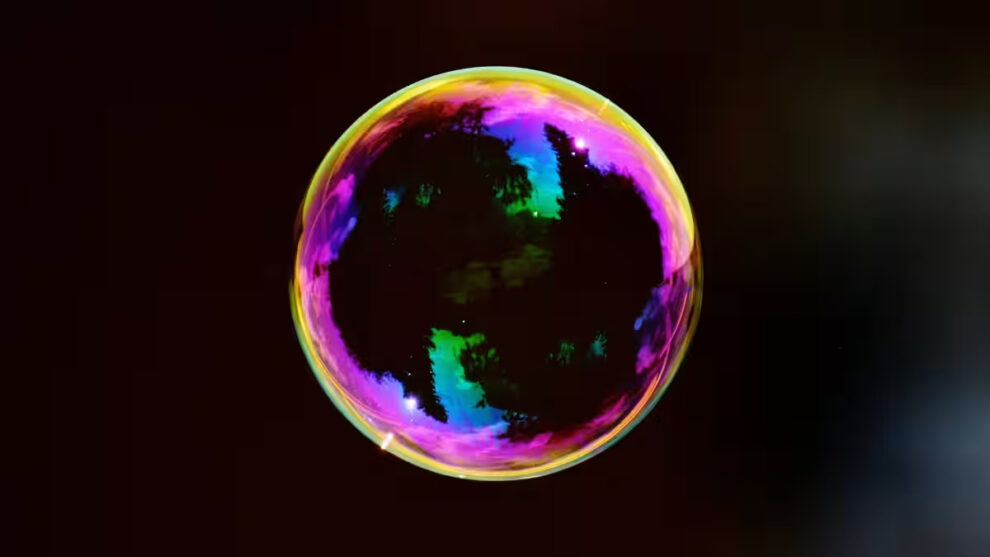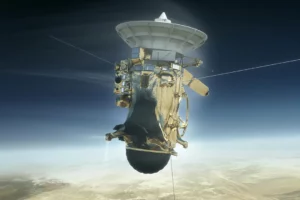Scientists from the University of Ljubljana in Slovenia have discovered a novel application for soap bubbles after turning them into laser sensors with capability for detecting electric fields and pressure.
How the breakthrough was achieved?
“To get lasing, almost any bubble is fine. We’ve used regular hand soaps or a mixture that you can buy for children. You just need to put a small amount of fluorescent dye inside, and it works perfectly,” Matjaž Humar at the University of Ljubljana in Slovenia, who produced the bubble lasers with Zala Potočnik, also at the University of Ljubljana told the New Scientist.
The duo achieved the breakthrough using regular hand soaps or child-friendly bubble mixtures.
They reportedly added small amount of fluorescent dye to the bubble mixture, creating a medium for laser generation.
The interior volume of bubbles: Defining factor
Unlike conventional lasers that rely on mirrors to construct a cavity, the researchers used the interior volume of bubbles, some as small as half a millimeter and others measuring a few centimeters in diameter.
This gave them necessary space for light to bounce back and forth, a crucial component for lasing.
The addition of fluorescent dye to the bubble mixture serves as the light-amplifying material.
When illuminated, the dye emits light, forming the third essential component for lasers.
External light, directed onto the bubble through an optical fiber and a focusing lens, triggers the bubble to produce its own laser light.
Humar and Potočnik further experimented with liquid crystals as an alternative to soap, to make bubble lasers stable.
What does it mean?
The bubble lasers show an unprecedented level of sensitivity, capable of detecting pressure changes as minute as 0.001 per cent of atmospheric pressure.
Even on clear days without thunderstorms generating electricity, they can sense the electric fields in the atmosphere.
Miguel Bandres at the University of Central Florida told the NewScientist that the team creatively combined the concept of “micro-ring lasers”.
“They take these ideas to a totally new platform, thereby opening the door to a plethora of novel applications,” he said.
















